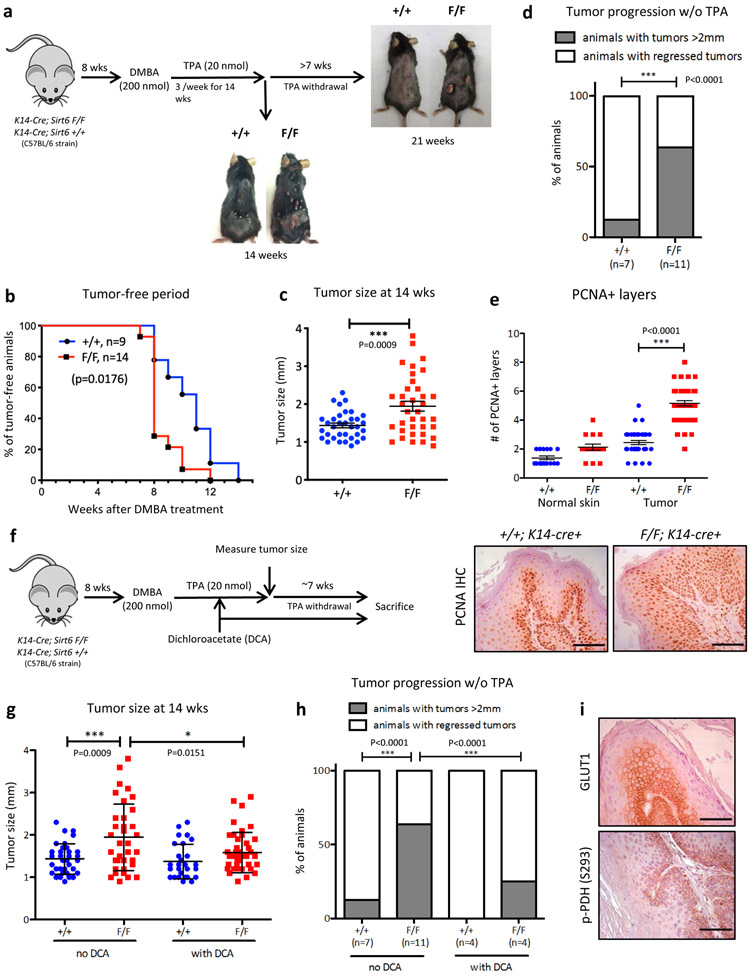Figure 1. Sirt6 acts as a tumor suppressor in squamous cell carcinoma by negatively regulating aerobic glycolysis.
a, DMBA/TPA-induced skin carcinogenesis protocol in Sirt6 WT or Sirt6 cKO animals. b, Tumor-free period after starting DMBA treatment in Sirt6 WT or Sirt6 cKO animals. Statistical analysis was done by log-rank test. c, Tumor size was measured at 14 weeks after DMBA treatment. Data are presented as mean ±S.D. d, Tumor progression was assessed after stopping TPA treatment (at 14 weeks post DMBA) for least 7 weeks. Fisher’s exact test was performed for statistical analysis (p<0.0001, two-sided). e, PCNA immunostaining in DMBA/TPA-treated skin tumors from Sirt6 WT or Sirt6 cKO animals. Representative images (lower panel, scale bars indicate 100μm) and quantification of PCNA+ layers from normal adjacent skin and skin tumors (upper panel). f, Schematic presentation of DCA treatment in DMBA/TPA-treated animals. DCA was administered at 7-8 weeks after DMBA treatment, in order to avoid any confounding effect of DCA on tumor initiation. g, Tumor size was measured at 14 weeks after DMBA treatment. Data are presented as mean ±S.D. h, Tumor progression was assessed after stopping TPA treatment with continuous DCA treatment. Data of the first two groups shown in Figure 1d were used again for comparison. Fisher’s exact test was performed for statistical analysis (p<0.0001, two-sided). i, GLUT1 and phospho-PDH (Ser293) immunostaining in Sirt6-deleted large papilloma samples. Scale bars indicate 100μm. Statistics, sample sizes (n) and numbers of replications are presented in Methods, ‘Statistics and reproducibility’. * p<0.05, ** p<0.01, *** p<0.001

